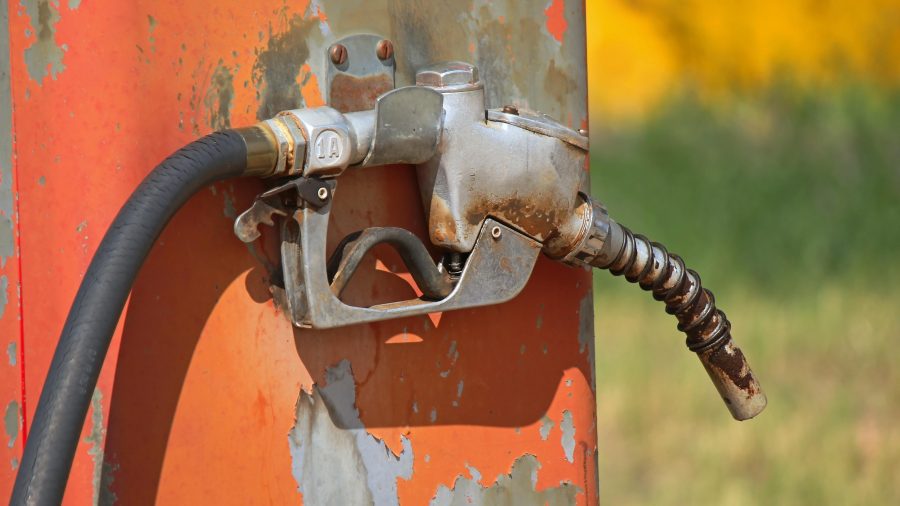It was not so long ago the NSW government was offering rebates for owners to convert their vehicles to LPG. Times have changed. Now there is little incentive to switch to LPG and alternative fuels are available and more appealing. It means LPG bowsers are disappearing from service stations.
Disappearing trick
There are a few good reasons why LPG has fallen out of favour:
- The $2,000 LPG rebate scheme, begun in 2006 and eventually scrapped
- A rise in sales of small passenger cars running on petrol, diesel or hybrid
- End of Holden and Ford manufacturing in Australia and rise in LPG prices.
Oil companies have noted the decline in LPG sales and removed LPG bowsers from many of their service stations. This means motorists who are thinking of switching to LPG are deterred because it is harder to find a station that sells it. It is also more difficult to find spare parts.
Environment
Some motorists switched to LPG out of concern for the environment. The government calculated greenhouse gases (CO2) released by burning one litre of fuel is:
- 2.3 kg for petrol
- 1.5 kg for LPG.
Cost
Others switched because of cost. Ethanol costs roughly double LPG in the city and 50% more than LPG in the country (at time of writing using FuelCheck). However, LPG has a lower energy content than petrol so your vehicle will consume 15-30% more fuel. Over time, you will buy LPG more often than ethanol.
Trucks and taxis
One of the biggest users of LPG was the taxi industry. Increasingly now it is importing petrol-electric hybrids. Tradespeople and couriers, who may have converted their utes and vans to LPG, are now more likely to use diesel vehicles.
Even diesel may have a short life, given worldwide concerns about environmental impact and phasing out of diesel in big cities.
The future of fuel
The future of fuel, depending on who you talk to, is still not clear. But it is becoming obvious that LPG in vehicles is on the decline.


your opinion matters: